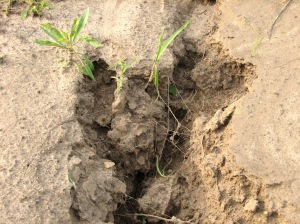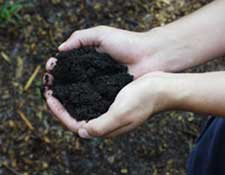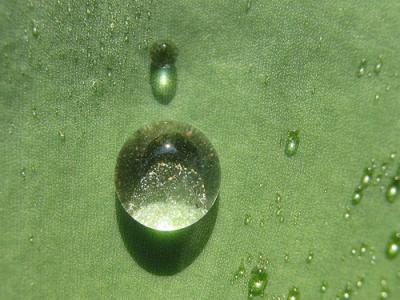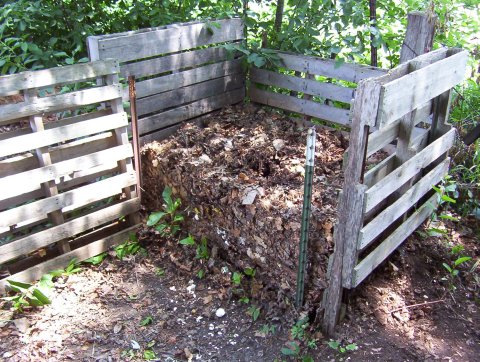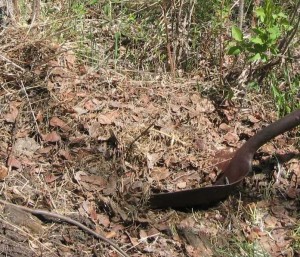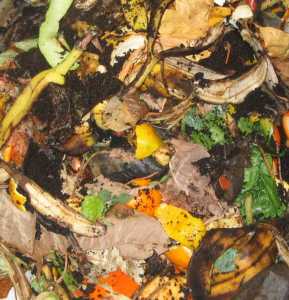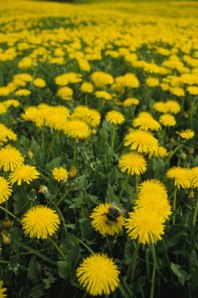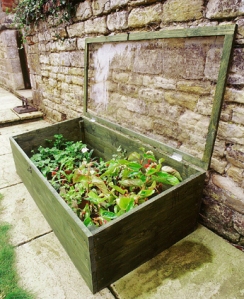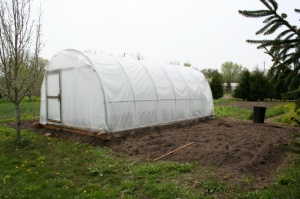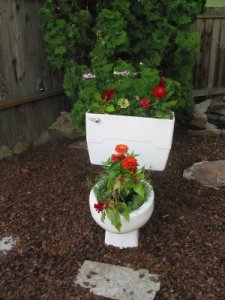Archive for January 2009
Why Local Food?
With the challenge of the changing times, encouraging the growth of a local food system is the best plan for sustaining our community on the north coast of Ohio. The Countryside Conservancy of Northeast Ohio gives several answers to the question “Why Go Local?”
Why not?
Fresh, locally grown foods don’t just taste delicious — they are better for you, your community and your planet.• Low Mileage from Farm to Plate. Most food travels over 1,500 miles from farm to plate while locally grown food typically travels 50 miles or less reducing pollution, our dependence on fossil fuels, and protecting the environment.
• Fresh Taste, Less Waste. Local food usually arrives in markets within 24 hours of being plucked from the vine or dug from the earth. So, it’s unusually fresh and delicious. Fresher foods keep longer — reducing waste in the kitchen, and providing better value for our food dollar.
• Delicious and Nutritious Food. Because locally grown foods are so fresh, they are also more nutritious, containing higher levels of vitamins, minerals and other nutrients that healthy bodies need.
• Prosperous Farmers. 91 cents of each dollar spent in conventional food markets goes to suppliers, processors, middlemen and marketers; while only 9 cents goes to the farmer. Farmers who sell direct at local farmers’ markets or through Community Supported Agriculture programs keep 80-90 cents of each dollar. Selling locally, farmers can reduce distribution, packaging and advertising costs and offer us fresher, more affordable food. Prosperous farmers keep farming and operate viable businesses that enhance our communities and strengthen our local food supply.
• Variety: The Spice of Life. Local farmers cultivate mouth-watering varieties of delicious foods like Green Zebra tomatoes, Northern Spy apples, Purple Dragon carrots, Buckeye Chickens, and many other fruits, vegetables, and livestock bred for flavor, nutrients and suitability to our local climate and soils rather than uniformity and endurance to withstand a cross-country road trip. Biodiversity never tasted so good!
• Thriving Communities. Buying local, a greater portion of our food dollar stays home supporting farms and businesses that make up our local communities and our regional economy. Northeast Ohioans spend over $7 billion on food. But less than 1% comes form local farms and producers. Localizing just 10% of our food spending would generate over $700 million for our local economy and communities.
With a dominance of agriculturally-zoned land in Erie County, can you imagine the effect on those of us who live here if everyone replaced even half of their grocery lists with locally grown food? For more information about where the money in Erie County goes, visit our partners at Haag Insight.
Make the most of our harvest vision and support local farmers throughout the year. Roadside stands and Farmers’ markets have fresh surprises that are inexpensive and have become cultural traditions in our community. We look forward to Mulvin’s on 1706 E. Perkins Avenue in Sandusky, the Sandusky Farmers’ Market as well as regional CSA programs. Check back for a more comprehensive listing of local food sources in the coming weeks as we prepare for the 2009 season! Meanwhile, listen here for an explanation about how to support local farmers and consume more nutritious food.
For more information about Agriculture, visit The Erie Wire. We encourage you to visit the sites and businesses of our partners.
Grow Food From Your Yard, Even if You Don’t Have a Yard.
Do you ever wonder why the grocery store chains in Ohio sell produce from California, Mexico, Chile, El Salvador, Ecuador, and so on, even though we are able to grow much of the same food right here in our own state? Over 50% of Erie County is zoned for agriculture, and all of it is capable of producing delicious, nutritious food that doesn’t have to travel thousands of miles to get to your dinner plate. Due to minerals deposited by the glacier that formed the Great Lakes 10,000 years ago, this part of Ohio has some of the most nutrient-rich soil in North America giving us a combination of loamy soils, which are considered great for specialty food crop production. Erie County is also located in what is known as a fruit belt. Although we can have very cold, snowy winters, the lake effect moderates seasonal temperatures by absorbing heat and cooling the air in summer, then slowly radiating that heat in autumn, giving us a consistent temperate climate through much of the year. This allows us to grow a variety of fruits and other warmer climate crops with large-scale success. Imagine harvesting the following fruits and vegetables that you grew yourself.
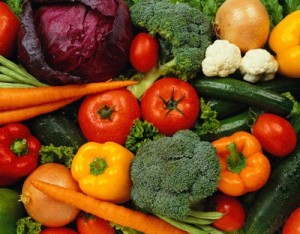
Grow it yourself!
tomatoes, squash, peaches, broccoli, celery, pears, peppers, lettuces,
sweet corn, onions, herbs, spinach, cauliflower, garlic, zucchini, apples,
pumpkins, grapes, beets, melons, plums, carrots, beans, cabbage, peas,
grain, berries, eggplants, radishes, cucumbers, potatoes, sunflowers and more.
Seeds are an inexpensive investment, water is everywhere, and the sun is free. Keeping a food garden, even in the city, can save you money and keep you healthy.
Are you afraid of starting your own garden because it seems to be too big of a challenge? The Container Gardening Blog offers some words of encouragement:
“You may think you haven’t a clue about growing vegetables. But the truth is that you can easily learn enough to be growing useful crops in quite a short time span, and each session spent in your garden teaches you something new. You will learn much that is unique to your own situation, such as local soil conditions, your particular aspect in relation to the sun, and oddities that relate to your local microclimate. You will learn most of this by getting out and giving it a go. Without question the taste of homegrown vegetables is vastly superior to that of the commercially grown produce. Have you heard people complain that [store-bought] tomatoes no longer have any taste? [Flavor is a good indicator of how fresh and nutritious the food is]. They will when you grow your own – you will never taste better. The lack of taste with the commercial crop is not all the fault of the growers, as they are under pressure to produce a crop, of uniform size and color, to the schedule of the wholesale market, and ultimately the supermarket. [This kind of emphasis on quantity crops produces food made for shelf life instead of on quality, nutrition and freshness.] When you grow your own vegetables, you set the schedule.”
There are many ways to turn your yard, front or back, large or small, into a beautiful, rewarding garden. Late winter is the perfect time to start planning a good layout and preparing for the plants you are going to grow. Knowing how the sun moves across different parts of your yard will help in your decisions.
If you are utilizing a small urban space for vegetable growing, it is in your best interest to use raised beds. Raised beds can be kept in a garden box you can build yourself. Click here for another website that offers a guide on how to build one. Using wood, cinder blocks, bricks, or other recycled materials to create the frame of the garden box makes this an inexpensive option. Here is a raised bed layout for a productive vegetable garden about the size of a parking space.
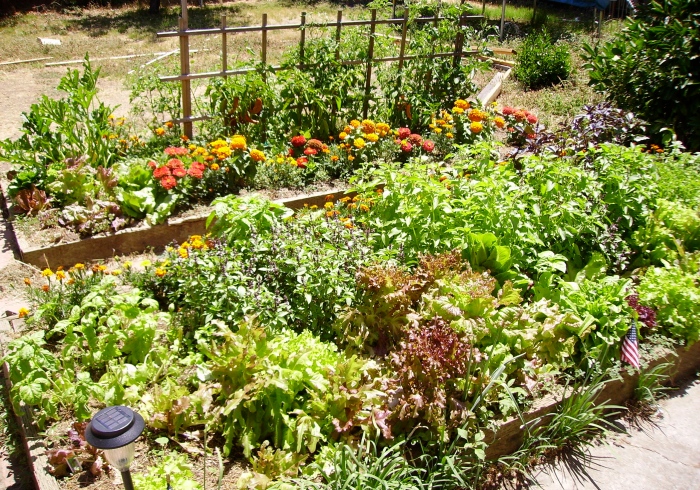
Raised bed vegetable garden
In order to make the most of the seasons, you can turn smaller garden boxes into cold frames during early winter and early spring. A cold frame is simply a small to medium garden box with a clear glass or plastic lid that will create a microclimate with sunlight, allowing for the soil to stay warm enough for seeds to germinate and plants to grow. For more information on cold frames, click here. If you are eager enough to start your garden before the last frost, visit here for some excellent suggestions.
If you have enough space and are feeling ambitious, you can make your own hoop house inexpensively. This is a makeshift greenhouse that, although unheated, will provide protection against wind, frost, and excessive rain while giving the plants inside it extra warmth during the daytime, extending your growing season. Westside Gardener is an informative site that offers a shopping list and a step-by-step guide on parts and assembly instructions for a 21’ x 10’ hoop house that will stand 7’ tall. Simply visit your local hardware store, show them the list of supplies and they ought to be able to give you pricing information on the materials. If you are interested in building one, check out the following Kitchen Gardener and Hoop Benders for more information and resources.
There are also many clever ideas for using containers when organizing a small space garden. Vertical gardening using grow towers and grow ladders are excellent for small boxed herbs and strawberries while trellises, arches and fences are helpful when growing vine plants and hanging garden baskets. For inspiration on vertical gardens and garden walls, visit here.
If you are on a tight budget, using old junk in a different way can be a thrifty, creative opportunity to give your garden some character. An article in Northern Gardening suggests cleaning out your garage, attic, or basement to see what items you can give new lives to instead of sending to the landfill. Once you start thinking like this, you won’t ever look at old stuff the same way again.
At every rummage sale and flea market, you’ll find yourself thinking about what you could do with various things you see. Old railings and ladders can be turned into fences or trellises. Drawers can become planters or small garden boxes – be sure to add a few drainage holes. Cabinet doors can be put together to form wonderful bottomless garden boxes. You can coordinate them with paint, making them all one color or leave them as they are to make a statement. A note to remember: If you are going to paint, you should use plant-safe materials. Ask at a good paint center and they should be able to tell you which products are non-toxic to plants and people. Look for the VOC-Free label.
Don’t have a yard? There are many ideas for roof top gardens if you are in a building with a flat roof and are in need of space. This article on Daily Kos not only gives excellent starter advice for roof top gardens but also some more money-saving blueprints for space efficient containers.
There is the option of community and neighborhood gardens to provide nutritional and social advantages, allowing for the possibility of food to be made available to everyone, even low-income housing residents. Organizing a space, so that anyone who participates will receive an equal share, provides a golden-rule opportunity for individuals to help themselves while helping others. Recent developments in western and northern Philadelphia have proved the success of this concept.

Grow a garden, even if you don't have a yard!
The Erie County Metroparks have a foodbank at Osborne park, sponsored by the Erie County Men’s Gardening Club. For a small fee of only $20 a year, you have access to a 20×20 plot of land to grow whatever you’d like, just as long as it is maintained and no chemicals are used: such as petrol-based fertilizers, weed killers and other pest controls. These harmful chemicals can destroy the essential biological structure of the soil and leech into the waterways, causing accidental environmental damage and posing a potential health risk to people who are exposed to them regularly.
This article is the first of a series, so check back for the next installments that will outline preparation for soil quality, composting, seed options and integrated pest management.
For more information about Urban Agriculture and food options that will save you money, keep you healthy and build community, visit The Erie Wire and the websites of our partners.
